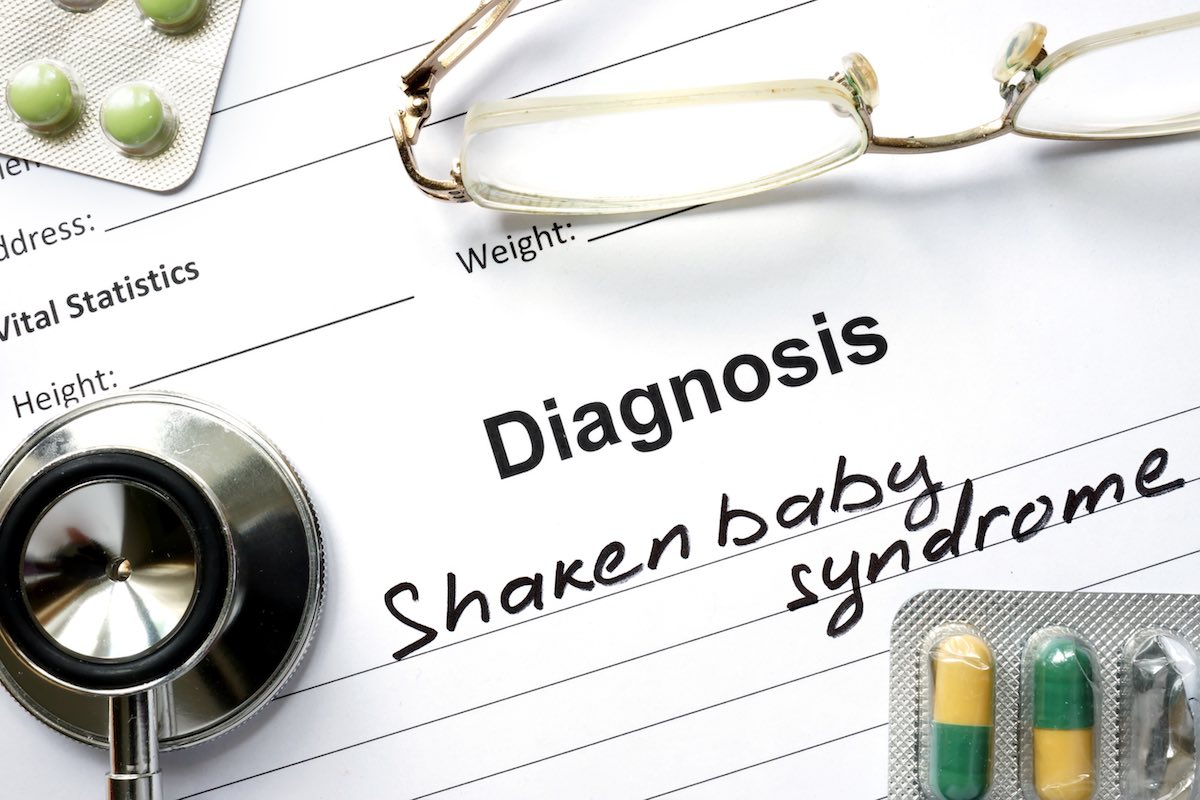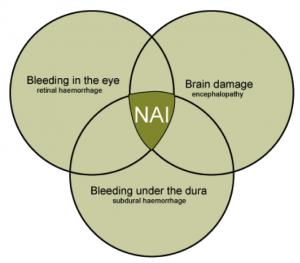
We represent parents and carers within complex care proceedings which involve allegations of physical abuse such as shaken baby syndrome, fractures, bruises, fabricated illness, etc.
Shaken baby syndrome is a complicated area of law and medicine, both of which are filled with technical terms and jargon. We will do our best to make some of this clearer for you on this website.
Shaken baby syndrome is also referred to as non-accidental head injury or abusive head injury.
These phrases refer to three areas of intracranial (inside the head) injury which are believed by many to be caused by shaking.

They are:
- Bleeding within the eye (retinal haemorrhage);
- Bleeding beneath the dura in the brain (subdural haemorrhage); and
- Damage affecting brain function (encephalopathy).
The current consensus among medical professionals is that these injuries are caused by the movement and forces that take place during shaking (rotational acceleration and deceleration forces), with or without impact against a hard or soft surface. The brain moves within the skull which causes the bridging veins to tear and bleed into the dura.
These brain injuries are often accompanied by cessation of breathing (apnoea), floppiness, lethargy, vomiting, unconsciousness and/or seizures. All of these symptoms are a result of the disturbance to the brain (known as encephalopathy). This disturbance can be caused by a lack of oxygen (hypoxia) or a lack of blood (ischaemia) to the brain, or both (hypoxic-ischaemic injury).
Many doctors and local authorities often take the view that the presence of any one of these three injuries, whilst not absolute proof of shaking, is indicative of non-accidental injury and is therefore highly likely to kick start care proceedings. Having all three signs of injury is commonly referred to as the ‘triad’.
Other signs of non-accidental injury might be bruising, long bone fractures (e.g. thigh bone), rib fractures, metaphyseal fractures, torn frenulum, scalp swelling, etc.
This is a controversial area of medicine and law in that there are many other theories about how these injuries can be caused as well as a belief among some that shaking alone cannot cause such injuries. Other causes of these injuries can include accidents, birth, infection, metabolic disease, altered pressure within the brain, coagulation disorders, etc. Medical knowledge is advancing and opinions have changed significantly over the last 10 years.
Whilst it is vital that you obtain legal advice early on if you are suspected of harming your child, it is equally as important to instruct a solicitor with the right knowledge and expertise for your circumstances.
If you are suspected of harming your child and need advice, contact us at the earliest opportunity via email info@parentsaccused.co.uk or complete our enquiry form without obligation.
